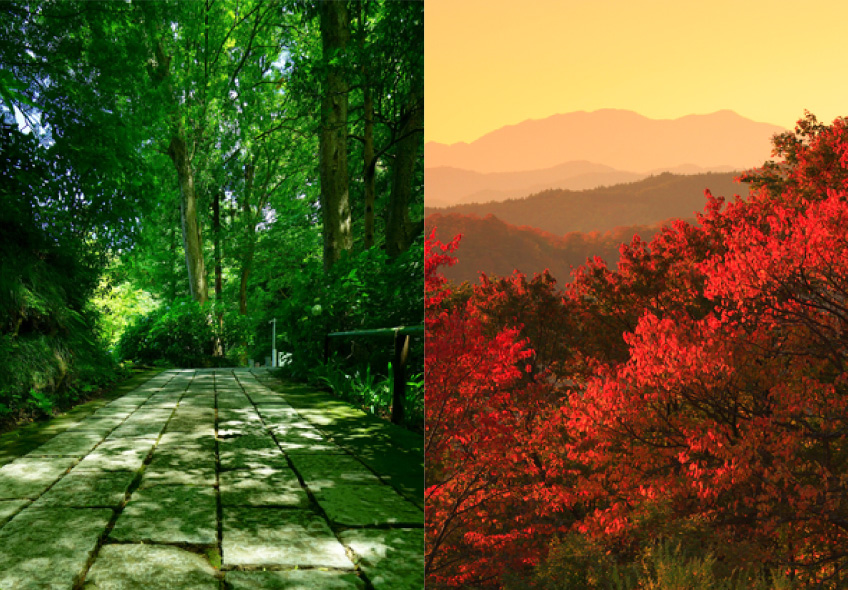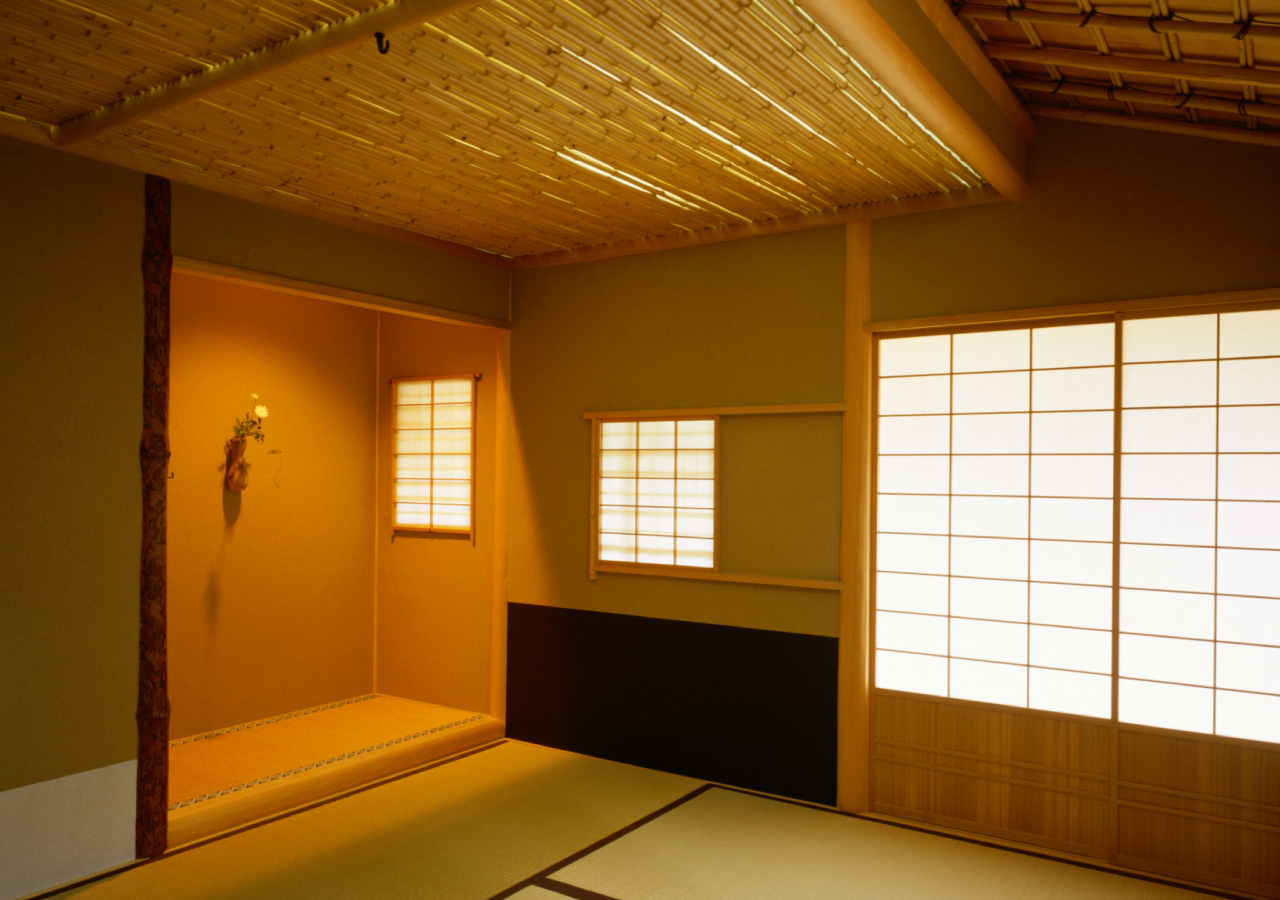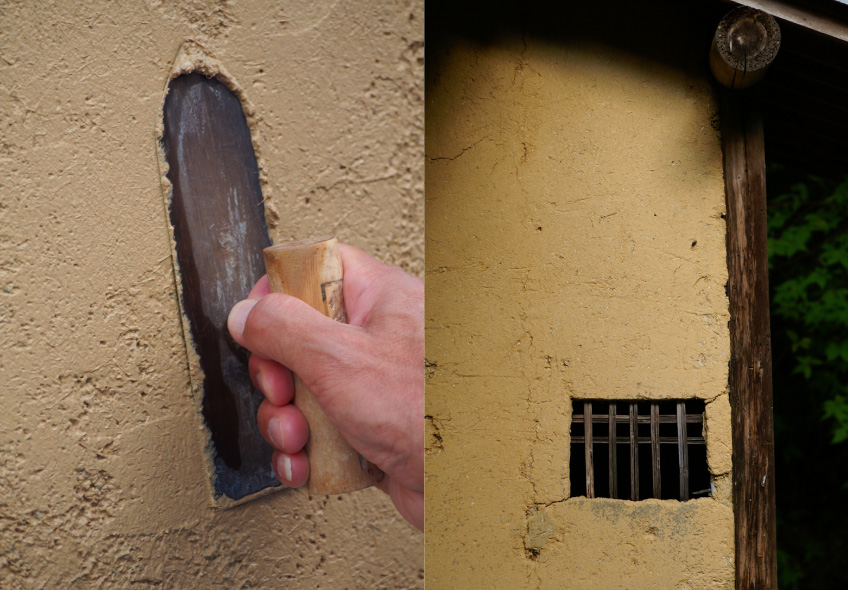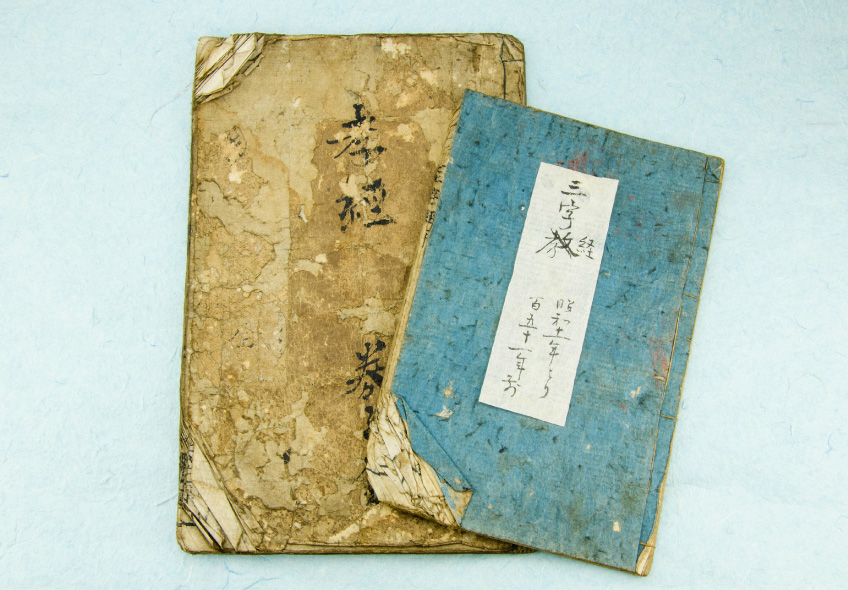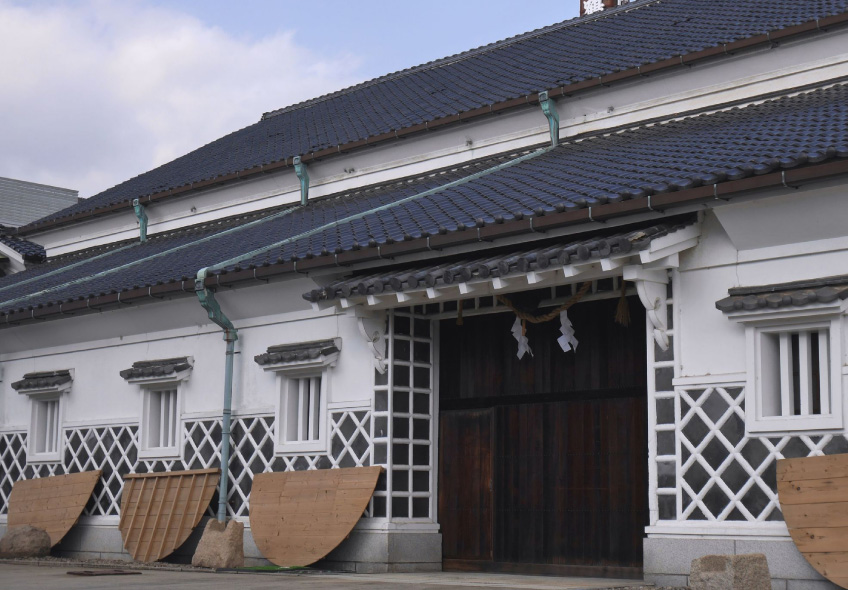Four Seasons
Spring, summer, autumn, and winter mark the four seasons of Japan. Before summer arrives, the rainy season reigns. The climate in Japan varies widely, and in response, Japanese construction has employed the mud wall since ancient times. The roots of ECOCARAT lie with traditional mud-wall construction methods compatible with the climate found in Japan.
